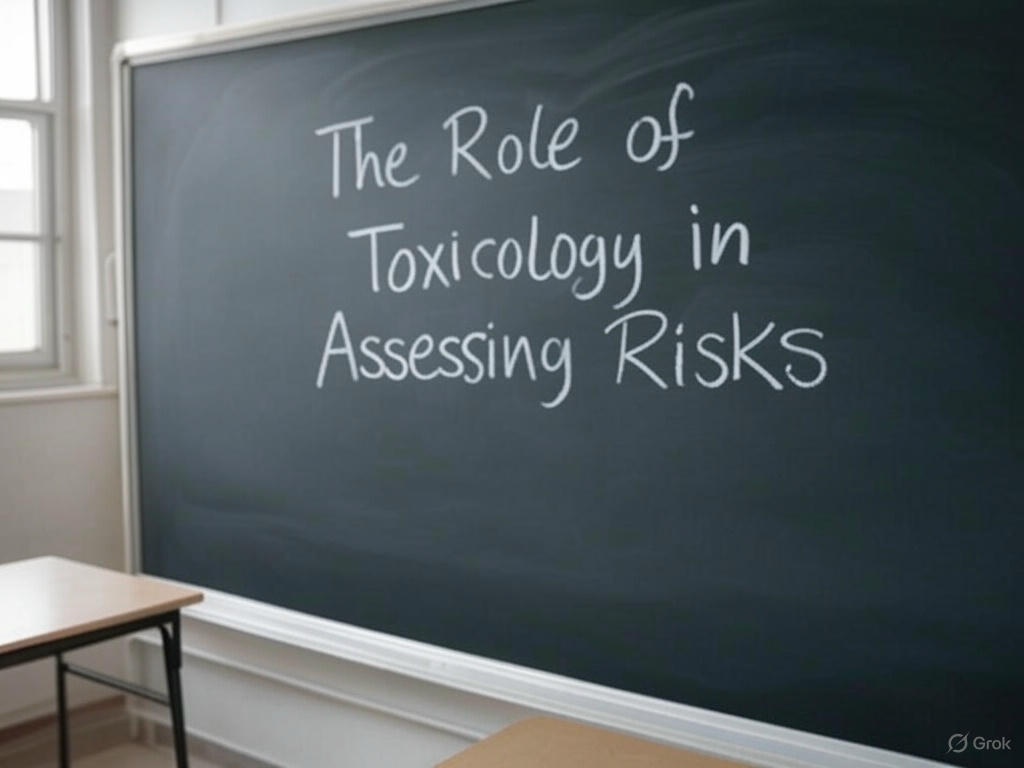Toxicology plays a crucial role in understanding and managing risks associated with exposure to harmful substances. Whether in the environment, workplaces, or consumer products, toxicology helps assess the potential hazards and inform safety regulations. This blog explores how toxicology works in assessing risks and its significance in protecting public health.
Understanding Toxicology
Toxicology is the scientific study of the effects of chemicals, biological substances, and other agents on living organisms. It seeks to understand the mechanisms through which exposure to these substances can lead to harmful effects on health. Toxicologists assess the nature and severity of these effects by examining factors such as dose, duration, and the route of exposure (e.g., inhalation, ingestion, or skin contact).
Risk Assessment: The Key Connection
Risk assessment is a process used to evaluate the potential for harm from exposure to hazards. In this context, toxicology is a foundational element by providing the scientific data required to understand how harmful substances affect the body. Toxicologists evaluate the toxic properties of substances and determine safe exposure levels, which are crucial for risk assessment.
Risk assessment typically involves four key steps: hazard identification, dose-response assessment, exposure assessment, and risk characterization. Toxicology plays an essential role in all of these steps, particularly in identifying potential hazards and assessing the dose-response relationship, which explores how the severity of effects increases with exposure to higher doses of a substance.
Hazard Identification: Identifying Toxic Substances
The first step in risk assessment is hazard identification, where toxicologists determine whether a substance has the potential to cause harm. This involves reviewing available scientific data, including laboratory studies, animal models, and epidemiological research, to identify whether a substance can cause health problems such as cancer, respiratory issues, or neurological damage.
Toxicologists also examine various factors, such as the chemical properties of substances, their stability in the environment, and their potential to accumulate in the body. The identification of toxic substances helps inform safety standards, regulations, and guidelines for exposure limits.
Dose-Response Assessment: Understanding the Relationship
Once a hazard is identified, toxicology helps determine the dose-response relationship. This concept explores how the severity of a toxic effect changes in relation to the amount of exposure. For example, small doses of a chemical might cause no harm, but as the dose increases, harmful effects may become more pronounced.
Toxicologists use various methods, such as animal testing and in vitro studies, to establish dose-response curves. These studies help define acceptable exposure levels and determine whether a substance poses a significant risk at typical environmental or occupational levels.
Exposure Assessment: Evaluating Real-World Exposure
Exposure assessment is the process of estimating how much of a hazardous substance individuals are exposed to and the likely routes of exposure. This step involves understanding the source of exposure, such as air, water, food, or occupational environments, and determining the frequency and duration of exposure. Methods such as inhalation toxicity testing are essential for assessing the risks associated with airborne substances, providing valuable data on how chemicals affect respiratory health.
Toxicology provides insight into how substances behave in the body after exposure, such as how they are absorbed, metabolized, and excreted. This information is critical in estimating the potential health risks associated with everyday exposure to chemicals.
Risk Characterization: Integrating Data for Decision-Making
The final step in risk assessment is risk characterization, where all the data collected in the previous steps are integrated to estimate the potential for adverse effects on health. Toxicologists weigh the severity of the effects, the likelihood of exposure, and the vulnerability of specific populations (e.g., children or pregnant women) to determine the overall risk.
Risk characterization helps policymakers and regulatory agencies make informed decisions about whether specific substances need regulation or control. This process also ensures that appropriate safety standards are set to protect public health.
Conclusion
Toxicology is essential in assessing and managing risks associated with exposure to harmful substances. By providing scientific data on the toxic effects of chemicals and other agents, toxicology helps protect public health, guide regulatory decisions, and ensure that safety standards are based on sound evidence.






